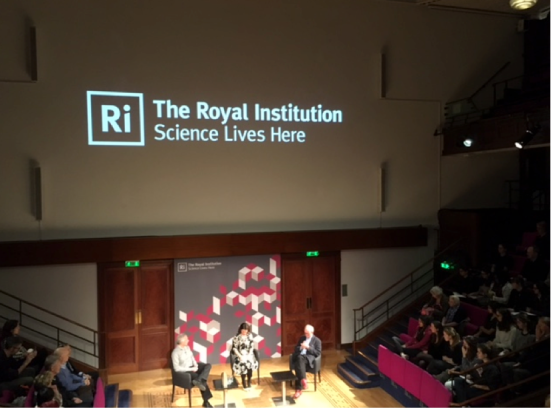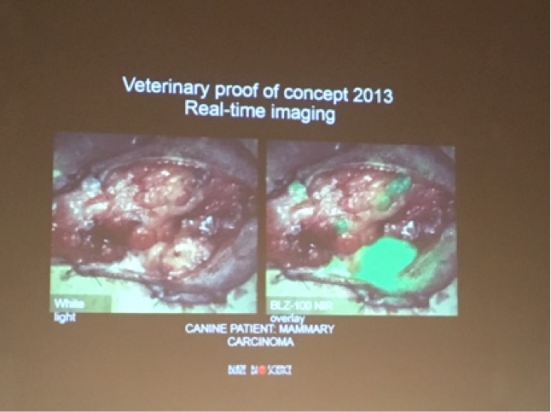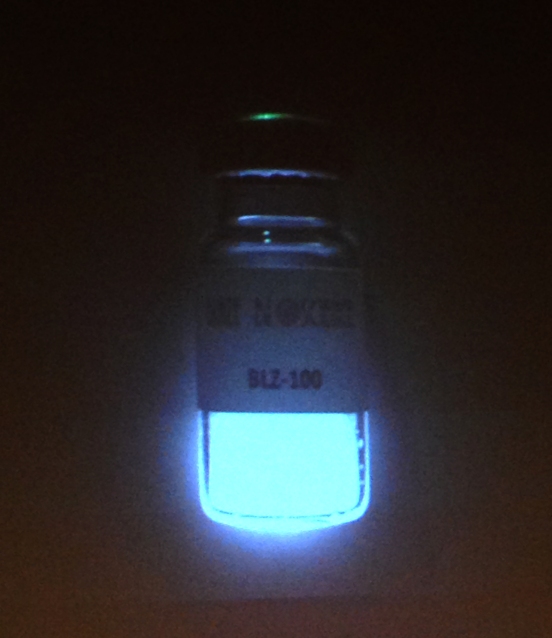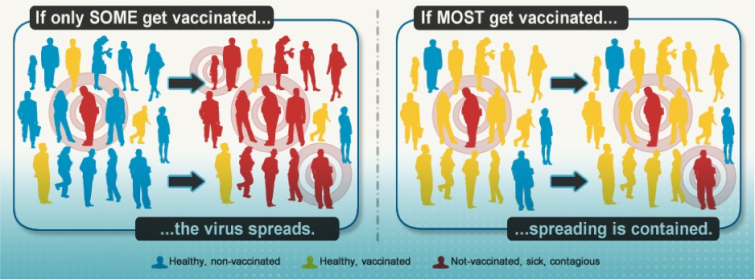“Having long hair is just so inconvenient. So difficult to maintain, to wash, to dry, to style, and oh, please don’t even mention those spilt ends!” While some of us take our long hair for granted, I’m going to tell you how you can make a difference. Yes, your hair, your humble hair, can make a difference.
Two months ago, I decided to part with my long precious hair, with whom I’ve had a very long and memorable relationship. We had our times – we’ve been through exams, graduations, job interviews (then job promotions), holidays, Christmas balls, summer parties (then the subsequent hangovers). We’ve been through a lot, and though I know how much I’m going to miss my long hair, I decided that it’s someone else’s turn to have their time.
To put this into context, here’s what happened:


(From left) The very cute fundraising box; me holding up my ponytail after “the cut”.
Yes, my ponytail is now on its way to the Little Princess Trust – a charity that provides real hair wigs, free of charge, to boys and girls across the UK and Ireland that have lost their own hair through cancer treatment.
Battling cancer is never easy. Treatments are nasty, they can have horrible side effects like hair loss, and that can take a toll on one’s confidence – let’s be fair, as much as I love Jessie J’s bald head (see below; she also donated her hair to the charity), not all of us can pull off this style. So imagine a young girl’s joy when she passes her fingers through her new hair – it’s like a little gift for doing so well and kicking cancer’s butt.


(From left) Jessie J’s bold bald head (I’m by no means THAT brave); a child with cancer longing for new hair.
Aside from just donating your hair for making real hair wigs, it’s also the perfect opportunity to fundraise. If you’re interested, you can order this fundraising pack from The Little Princess Trust, and it’ll tell you step by step what to do. The packs includes leaflets, posters, useful instructions, and a very cute fundraising box (above). You can leave these around your school or workplace, and don’t forget to advertise your good cause and set up your own fundraising page like mine, too.
It’s been an incredible experience. My fundraising target was only £50 to begin with and I ended up raising more than £200. It’s not a massive amount but it’s an amazing feeling to have your friends and family’s support and to know that at least one boy or girl will be a happier child because you’ve decided to do something different.

“So happy, so care-free. It’s the beauty of a child’s heart. She might be ill, but she doesn’t worry. “Nothing is more important than playtime”, she thinks.
Georgina Chan | Senior Account Executive



















